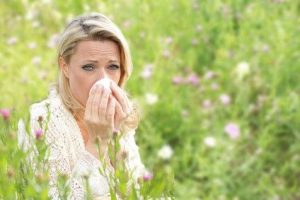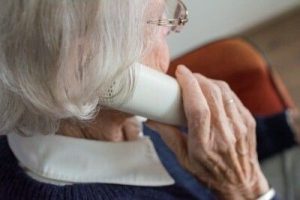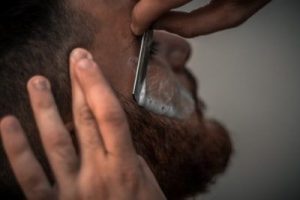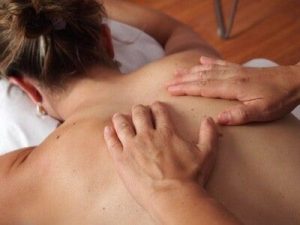Beard lichen (beard mycosis) – development and treatment options
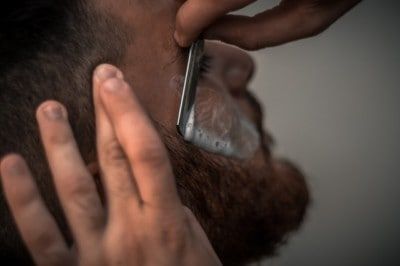
Beard tartar – Origin and treatment options
Beard itch, also called beard mycosis, develops due to a bacterial infection in a hair follicle after shaving or hair removal. The symptoms are red buds on the skin and severe itching. The skin is swollen and very sensitive.
Significance of beard lichen
A beard lichen is a disease that is caused by fungi, so-called dermatophytes. This disease affects older men in particular, but rarely young men as well. But women can also get beard mycosis if they shave their legs or under their arms.
Dermatophytes are filamentous fungi. They cause a fungal infection of the skin. These fungi feed on carbohydrates as well as keratin and attack only keratin-containing parts of the body, such as the horny layer of hair, skin and nails.
Beard mycosis first causes round and reddish spots that produce scales on the edges. These spots can ooze and cause itching.
Development of a beard mycosis
Beard mycosis occurs due to a bacterial infection in a hair follicle. It occurs in connection with hair removal and shaving. Beard mycosis can occur not only on the face, but also anywhere on the body. Filamentous fungi cause a beard mycosis.
These fungi are mainly transmitted by cattle, therefore the beard lichen appears very often in rural areas, where one has contact with these animals. Touching an infected animal and scratching afterwards can already cause beard mycosis.
The density and length of the beard have no influence on the development or progression of the disease. A beard mycosis can also occur in people who do not have a beard.
What should be considered when shaving?
When shaving, it is very important to always use your own shaving kit, do not borrow or borrow your own shaving kit from other people. The razor should always be clean or new.
The skin should be washed before shaving in the place where you want to shave it, in order to remove bacteria in this way. When washing, you can use lukewarm water or a washing cream.
It is important that the cream used is suitable for use before shaving. It is also advisable to use shaving foam. In this way the razor glides more easily when shaving. It also reduces the risk of cracks and wounds. The skin is also disinfected by the shaving foam.
One should take enough time for shaving and use a mirror. It is recommended to shave the hair in the direction of the hair. This will not irritate the skin too much. The shaving kit should always be cleaned and disinfected to remove the bacteria.
After shaving, it is recommended to use aftershave against the beard tartar or a cream suitable for use after shaving. The skin is thereby disinfected, cooled and cared for.
Towels and washcloths should be changed daily. When using an electric razor, it is also important to clean it after use.
Treatment of beard lichen in beards
For men with beards and full beards, beard care with beard oil can be helpful in relieving itching. To clean the full beard you can use a hair soap instead of shower gel. This mild variant can promote the natural environment of the skin, thus preserving its own fat.
Treatment options
After diagnosis, fungicidal medicines called antifungals are used to treat beard mycosis. These are applied in the form of lotions, ointments, creams or gels to the area to be treated. It is recommended not to stop the treatment immediately when the spots disappear.
In addition, during the treatment period, wet shaving should be avoided. The cream against beard mycosis is available in the pharmacy. In very severe cases, when beard mycosis has developed into ulcers, antibiotics in tablet form are necessary. This is used to treat the whole body.
Alternative natural treatment options
Beard mycosis can be caused by a weakened defense system, therefore one should support this defense and strengthen the immune system. Intestinal rehabilitation or autologous blood therapy are proven methods to strengthen the immune system.
Medicinal herbs, such as propolis or taiga root, have a positive effect on the immune system. It is recommended to take enough vitamin C and to exercise a lot. Stress additionally weakens the immune system.
Ointments and creams with essential oils of pine and larch are suitable for external treatment. These oils relieve the pain and speed up the healing process.
Other herbal remedies can also be used. Chamomile is considered to be a remedy for inflammation. The juice of aloe is also an effective remedy for diseases of the skin.
Washing with vinegar can also help in the fight against fungi. Tea tree oil is also a very good remedy for beard mycosis.
Conclusion
A beard lichen is not dangerous, but very annoying and unpleasant. For treatment there are various creams and ointments, as well as antibiotics in very severe cases. In addition, alternative natural treatments can also be used.

